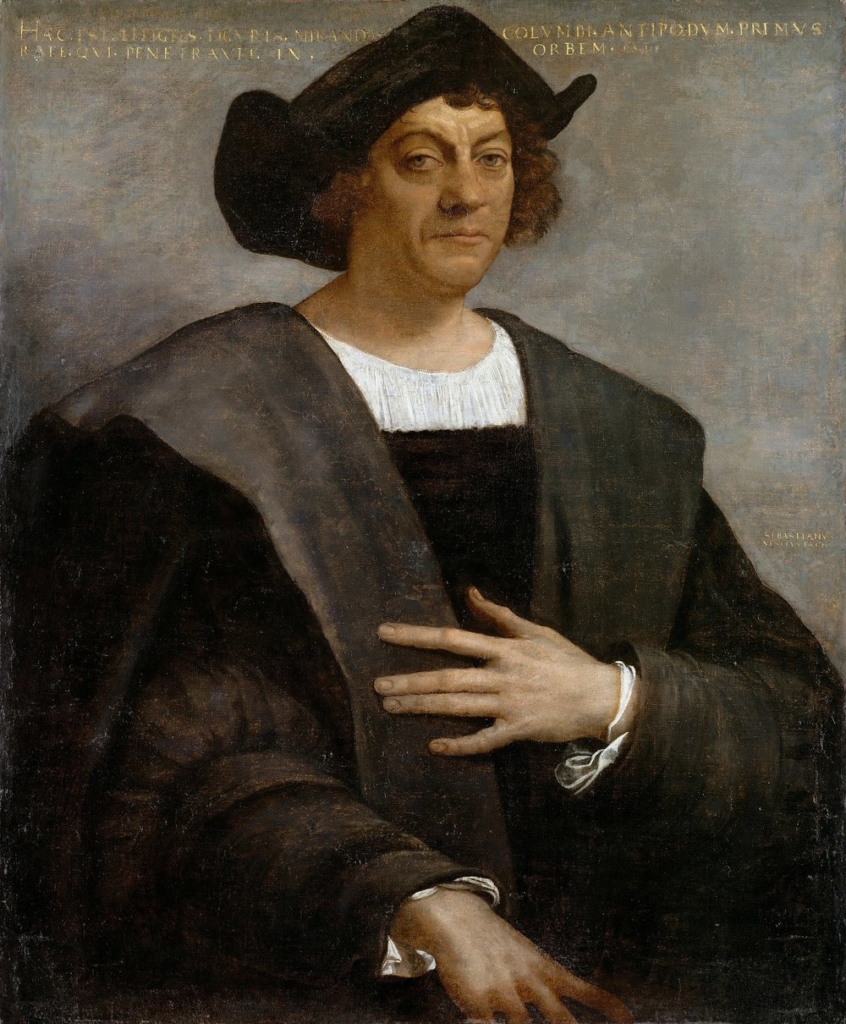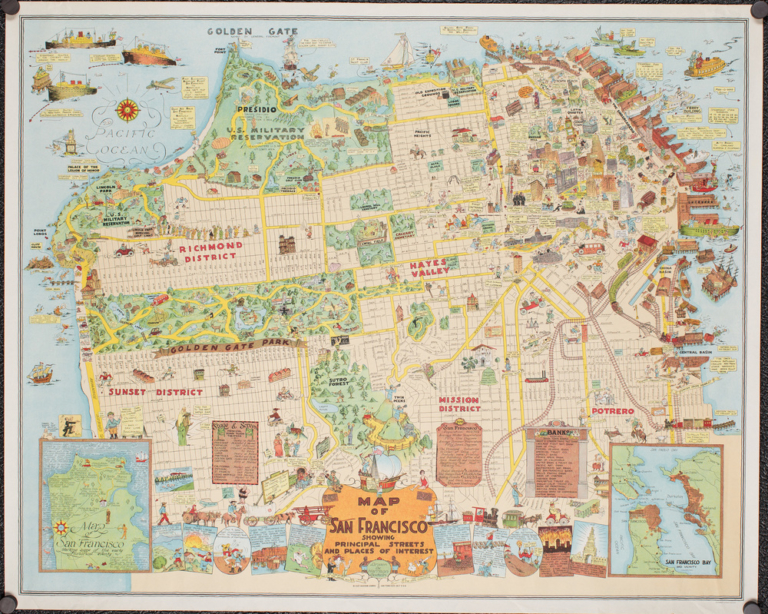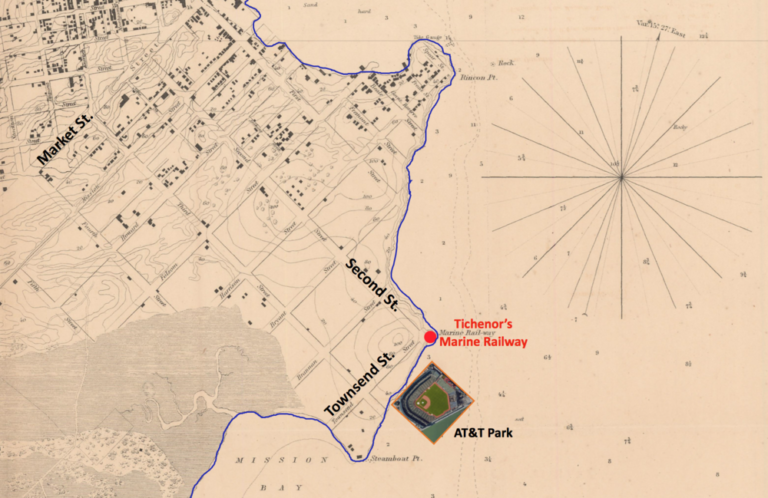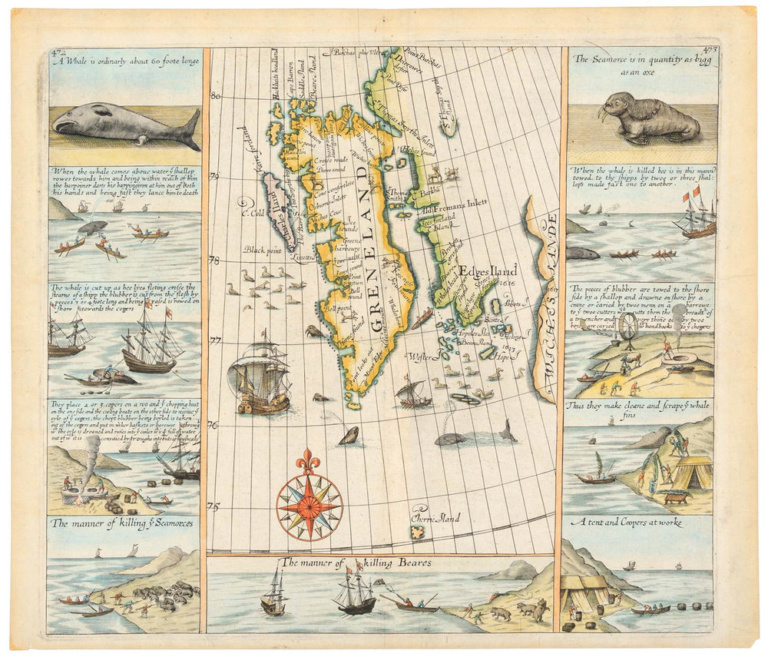The basic facts around the explorations of Christopher Columbus are known to most: under the patronage of Queen Isabella and King Ferdinand of Castille, Columbus set off across the Atlantic in search of the East Indies (South and Southeast Asia), but instead landed in what would later be known as the West Indies, specifically the Bahamas archipelago and an island he named San Salvador.

Most histories of Columbus offer an extra layer of historical context, demonstrating that it was no accident that Columbus’s journey was financed by the newly-ascendant Spanish crown, which had just completed the Reconquest of the Iberian peninsula.

But the devastating 2017 hurricane season, including Harvey, which led to massive flooding in Houston, and Irma, which ravaged Puerto Rico and neighboring islands, reminds us that a negative fact played a crucial role in the Columbian narrative: Columbus did not report meeting any storms during the fall of 1492 as he sailed through the Bahamas to Cuba and along the coast of Cuba and Hispaniola. The Bahamas had first been sighted on October 7, 1492, and Columbus’s fleet did not head east for Spain until January, 1493. Although the Atlantic hurricane season peaks in late September, it is generally considered to run from June 1 to November 30. For almost two full months, Columbus sailed in hurricane territory without facing a major storm. Hurricanes struck Hispaniola in late September 1494 and late October 1495.

Ships like Columbus’s Niña, Pinta, and Santa Maria certainly could survive a hurricane, but their chance of being lost in a great storm was hardly small. In fact, on the return journey, after the Santa Maria was lost running aground, the caravels Niña and Pinta both survived a big February storm that reportedly sank a fleet of 100 similar ships.
Columbus, spurred by a miscalculation in the size of the Earth, benefitted from much good fortune; a quiet 1492 hurricane season should be included on the list.



